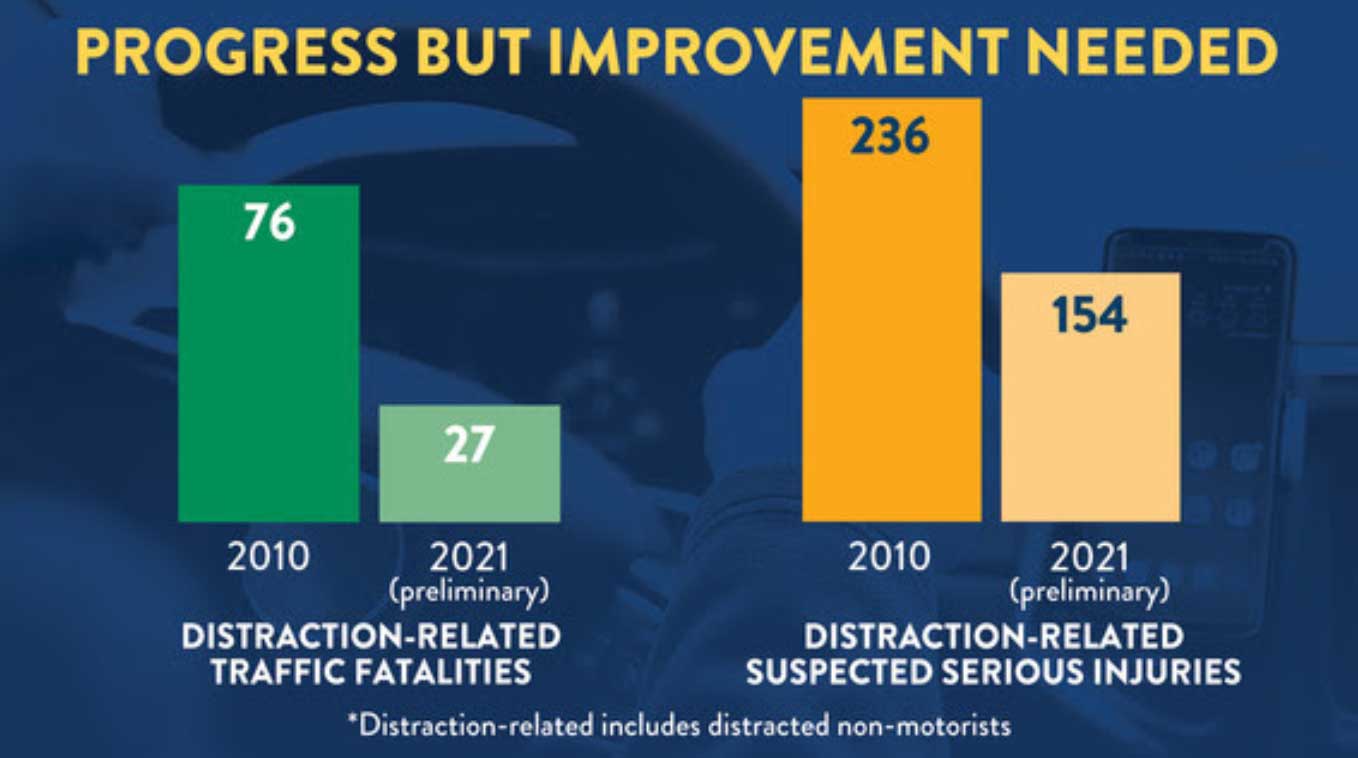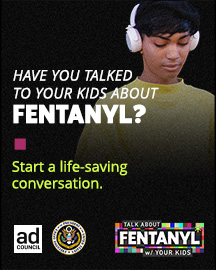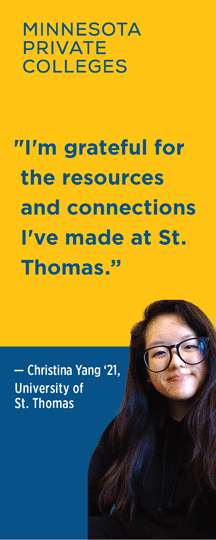Back-To-School Homework: A New Season Of Safety
By Amber Schindeldecker, Minnesota DPS
Backpacks, lunch boxes, school supplies and students are ready to start a new academic year across Minnesota. But being truly prepared means families should also take time to think about school safety concerns, whether your children attend pre-Kindergarten or are in their last year of college.
The Department of Public Safety (DPS) urges Minnesotans to prepare for all types of emergencies before classes begin. Let’s be honest, schedules get busy and down time quickly vanishes. Don’t get caught off guard wondering how your family would respond in an emergency. Do some proactive homework this week as our DPS divisions highlight these back-to-school safety tips for families.
Back-to-School Homework: See Something, Say Something
See something strange? Speak up!
Students may notice something out of place at school or on the way to school. They may be unsure about how to take action. HSEM, in partnership with the U.S. Department of Homeland Security, encourages anyone, including children, to “See Something, Say Something.”
- Report suspicious behavior. Do you see a stranger taking pictures of buildings or entering or exiting a restricted area? Tell a trusted adult or call 911.
- Do not touch suspicious objects. Unattended packages may contain dangerous items. Do not let curiosity get the best of you. Move a safe distance away and report it immediately.
- Do not wait for someone else to say something. An immediate call to law enforcement could be the one that makes the difference.
Back-to-School Homework: School Road Safety
Make Sure Students Have A Safe Ride To And From School
A student’s safety doesn’t begin when they walk through the school’s front door. It starts the moment they leave home and hop in the car for the ride to school or walk across the street to the bus stop.Parents know how hectic it can get driving children to class and to various after-school activities. The Minnesota Department of Public Safety encourages parents to talk with their children about the dangers that exist between home and their learning environment.
Whether your kids are riding the school bus, or you’re driving on the road with them, we need to be aware of the laws meant to keep us all safe. The Minnesota State Patrol reminds you that school bus safety is for both motorists and students.
Motorists should know:
- In Minnesota, motorists must stop at least 20 feet from a school bus that is displaying red flashing lights and an extended stop arm when approaching from the rear and from the opposite direction on undivided roads.
- Motorists should slow down, pay attention and anticipate school children and buses, especially in neighborhoods and school zones.
- The best way to be aware of your surroundings at all times is to put the distractions away.
- Parents, tell your students:
- When getting off a bus, look to be sure no cars are passing on the shoulder.
- Wait for the bus driver to signal that it’s safe to cross.
- When crossing the street to get on the bus or to go home, make eye contact with motorists before proceeding.
Buckling up is a lifesaver. Children rely on adults for proper car seat use. The Office of Traffic Safety reminds you to make sure kids are properly buckled when driving them to school, daycare and activities this school year.
Of the 14,692 children ages 0-7 who were properly restrained in crashes in Minnesota from 2017 to 2021, 88 percent were not injured, while another 9 percent sustained only minor injuries.
In Minnesota, all children must be in a child safety seat until they are 4’ 9” tall, or age 8, whichever comes first.
- Rear-facing seats: All infants and toddlers should ride in a rear-facing car seat until they have reached the height and weight limits allowed by the car seat manufacturer. It is safest to keep children rear-facing up to the maximum weight limit of the car seat.
- Forward-facing seats with harness: Toddlers and preschool-age children who have reached the height and weight limits of the rear-facing car seat should use a forward-facing seat with harness until they reach the weight limit of the harness allowed by the car seat manufacturer.
- Booster seats: School-age children who have reached the height and weight limits of the forward-facing seat can sit on a booster seat. The booster must be used with a lap and shoulder belt.
- Seat belts: Buckling up with a seat belt is for children who are 8 years old or who have reached 4’ 9”. Your children are ready for adult seat belts when they can sit with their back against the vehicle seat, knees bent comfortably and completely over the vehicle seat edge without slouching, and feet touching the floor.
- Protect yourself and your kids this school year by properly buckling up when on the road.
When driving your kids from one activity to the next during the school year, it’s easy to get lost in thought, check your phone or turn around to stop a backseat argument. The Office of Traffic Safety reminds you that distracted driving is dangerous driving.
Efforts such as the hands-free cell phone law are helping save lives, but we all see way too many drivers focusing on everything but the road. Minnesotans are making progress reducing distractions, but improvement is needed.
- In 2010, there were:
- 76 distraction-related traffic fatalities.
- 236 suspected serious injuries.
- In 2021, preliminary figures show there were:
- 27 distraction-related traffic fatalities.
- 154 suspected serious injuries.
*Distraction-related includes distracted non-motorists
Pay attention. Focus on driving. Keep yourself and your kids safe this school year.
Back-to-School Homework: Safety At School
How Safe Schools Lead To A Positive Learning Environment
A student’s ability to feel safe at school begins with preparation. Schools do this by working with their emergency managers and the Minnesota School Safety Center to conduct facility assessments, develop emergency operations plans for all types of hazards, and train their school resource officers.
Every school has its own unique plan to adequately serve its own unique student and staff population. No two schools will have the same safety plan. Families with children attending different schools should become familiar with each individual school’s plan.
Minnesota’s School Safety Center (MnSSC) is a non-regulatory program within the Homeland Security and Emergency Management division of the Department of Public Safety. MnSSC team members work with hundreds of public, private, charter and tribal schools, educators and law enforcement across the state every year. Any work done with schools in voluntary. But a parent’s participation is key when it comes to school safety:
- Be familiar with the school’s emergency response plan for a threat or hazard. This includes procedures that will determine whether staff and students stay or go, along with evacuation/relocation and reunification/student release information. This information is usually located in the school handbook.
- Talk to your child about the five required lockdown, shelter-in-place, fire and severe weather drills that will occur. Make sure they know how to act during these drills and how to put those drills to practice during a real emergency.
- Review any special needs. For example, if your child has asthma, how would he or she get their inhaler in an emergency at school?
Ensuring a student’s safety at school takes a teamwork. The Minnesota Department of Public Safety encourages families to also have a plan to keep children calm and safe should an emergency take place this academic year.
- Prepare a document with the phone numbers of parents, grandparents and a close neighbor and place it in your child’s backpack.
- Select a relative or friend that lives out of town. If phone lines are down and cell phone service is overloaded all family members can use a landline to call the contact and report their status and location.
- Make a kit that will help the family get by. You may need to survive on your own after an emergency or natural disaster. This means having enough food, water and other supplies to cover each family member for three days. Do not forget your pets! Know what items to bring in case of an evacuation from home.
- Choose a safe meeting space during an emergency. Examples include a local church, store, library or other public location where the family would meet if they could not go home.
Back-to-School Homework: Digital Dangers for Students
Download The See It, Say It, Send It App To Report School Threats
In today’s world, students spend a significant amount of learning time on electronic devices. The internet has become an essential tool for children of all ages, whether it’s used to research schoolwork or communicate with peers. However, going online can make kids vulnerable to predators.
What’s more? Many students are carrying a cell phone with them at all times. While convenient, their connectivity puts potential threats directly in their back pocket. The Minnesota Department Public Safety Bureau of Criminal Apprehension (BCA) encourages parents to discuss proper device etiquette with students before they go back to school.
There’s good reason why parents and educators alike are worried about digital dangers. The National Center for Missing and Exploited Children (NCMEC) says one in seven children online is being groomed.
- Predators are actively working to meet children on any app and on any online game. They will use information like a child’s school, team names, teacher names and more to build a relationship with them.
- Sextortion is a growing problem. Talk to your children about the risks involved in sending or sharing provocative images.
- Cyber bullying can have deadly consequences. Talk to your kids about being a good digital citizen. Remind them not to make, “like” or share mean comments.
- Report instances of inappropriate online contact to the new BCA tip app See It Say It Send It.
Talking about safety online early and often is the best way to keep your child safe. Conservations should start when they’re young and last through college. Get some conversation starters at: http://www.netsmartz.org/Parents.
The BCA launched a tip app in 2021 called – See It, Say It, Send It – to make it easier for people to report threats of violence targeting Minnesota schools. The BCA’s See It, Say It, Send It app is available to all students, parents and staff. Tips can be anonymous.
- The BCA works with our partners to plan a response when incidents occur, but the tip app is designed to help us learn about threatened and planned violence — so that we can try to stop it before it occurs. One tip can save a life.
- The BCA triages the information, notifies local law enforcement and assists as needed with the response to criminal activity. The BCA also notifies appropriate authorities when the tip involves something that isn’t criminal in nature.
- The app is not intended to replace local law enforcement or an existing school security plan. Those contacts should still be made and people should always call 911 first in case of an ongoing incident or an immediate threat.
Since it was launched, the BCA has received about two dozen tips through the tip app. More importantly, nearly 400,000 Minnesotans – 7 percent of the total population – have downloaded the app.
Back-to-School Homework: Student Preparedness
Fire Safety, Alcohol Consumption and Driver Responsibilities for Students
A student’s ability to feel safe at school begins with preparation. Schools do this by working with their emergency managers and the Minnesota School Safety Center to conduct facility assessments, develop emergency operations plans for all types of hazards, and train their school resource officers. Every school has its own unique plan to adequately serve its own unique student and staff population.
Ensuring a student’s safety at school takes teamwork. The Minnesota Department of Public Safety encourages families to have a plan to keep children calm and safe should an emergency take place this academic year. A parent’s participation is key when it comes to school safety.
- Be familiar with the school’s general emergency response plan for a threat or hazard. This information is usually located in the school handbook.
- Talk to your child about the five required lockdown, shelter-in-place, fire and severe weather drills that will occur.
- Review any special needs. For example, if your child has asthma, how would they get their inhaler in an emergency at school?
Kids may know how to escape their burning home, but what about their school or dorm room? Fire drills play a big part in classroom safety by preparing students for the unexpected and teaching them to get outside quickly. Here’s what they should know:
- Take fire alarms seriously.
- When the alarm sounds, get out and stay out.
- Younger children should understand they should not hide from fire.
- Younger children should listen to their teacher’s instructions if there is a fire drill or fire alarm at school.
- Know at least two escape routes beforehand.
- Identify the outside classroom meeting spot.
More information about school fire drills is available from the National Fire Protection Association.
Building relationships is key to keeping schools safe. There’s no easy button when it comes to keeping schools and students safe. That’s why our Minnesota School Safety Center is working with educators across the state to encourage relationship building ahead of the next worst-case scenario. The key to their work is prevention. This includes building connections among educators, parents, law enforcement and students well before the next emergency.
While violent intruders make the most headlines, schools are also preparing for some more common threats such as weather hazards, fires, chemical spills and bus crashes. The Minnesota School Safety Center (MnSSC) serves as an essential school safety resource to schools, law enforcement, emergency responders and community partners by providing information, guidance, training, and technical assistance for all-hazard safety planning for schools.
The MnSSC works to: Guide school districts in developing and enhancing emergency plans, assist in the development of all hazard safety plans for schools, and coordinate preparedness activities including prevention, protection, mitigation, response and recovery with federal, state and local partners.






















